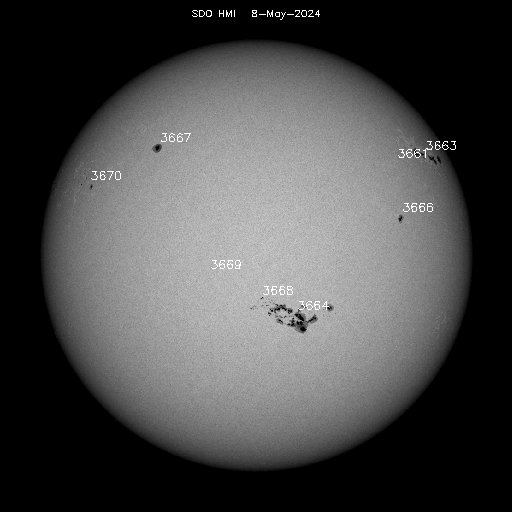As the Saturday night was specially good for observation from ESAC, Leo, Michel and me met here to observe something after the moonset. Despite the good atmospheric conditions, the light pollution was important (more than other times?...), thus we pointed the telescope to one of the brightest deeps ky targets: the Great Nebula of Orion (M42).
The following two images show the results. Both images were captured using a C8 SCT with a Canon Rebel 400D attached to the primary focus. Using an ISO of 1600. The first one is the result of the combination of three exposures of 30 seconds with wide band RGB filters.
 The second image is a combination of two exposures of 60 second with narrow filters Red:H-alpha and G: OIII and a 30 seconds exposure with a wide band Blue filter.
The second image is a combination of two exposures of 60 second with narrow filters Red:H-alpha and G: OIII and a 30 seconds exposure with a wide band Blue filter.












